Using the Microplate Washing Machine for COVID-19 determination
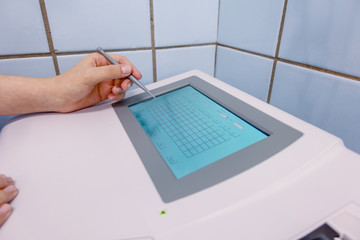
The microplate washer is laboratory equipment designed to clean the wells of the plate containing study samples. It is an autonomous tool used in biochemistry tests, which eliminates all kinds of waste and reagents that did not react. For the science practices for 96 or 384 wells are angle probe to access subtle flushing of cell types with easy adherence.
Elisa washing machine to detect Human Lymphotropic Virus infection
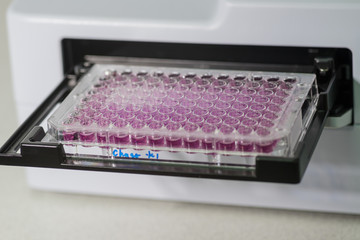
The microplate washing machine is a machine designed to clean the plates used during the Elisa practice, by processes of infusion and suction of the substances or show that they are embedded in the polyethylene support. It has tanks that contain liquids, one of them is in a washing buffer and the other one collects the substances that are discarded.
How is the Elisa Technique for Detecting Allergens in Food?
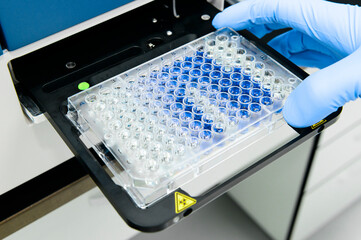
Currently, the population suffers allergies to some type of food, and due to the quantities of synthetic products and high contents of artificial dyes in the market without thinking about the quality and risks of consumers, in the U.S. alone annually there are more than 30,000 hospital emergencies and more than 150 deaths due to food poisoning.
Detection of arteriosclerosis with the use of the electrocardiograph
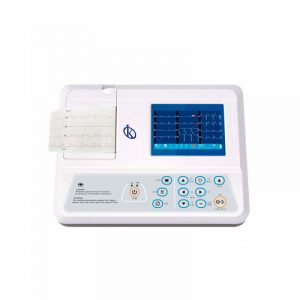
Cardiovascular diseases are a frequent cause of death worldwide, including the pathogenesis of atherosclerosis (a specific type of arteriosclerosis). One of the phenomena related to the disease is the retention and subendothelial oxidation of cholesterol-rich lipoproteins. This process is associated with the onset of atherosclerotic plaque that is deposited in the carotid arteries reducing blood flow to the brain. Different types of cells are involved in arteriosclerotic disease. These include monocyte/macrophage endothelial cells, lymphocytes, smooth muscle cells, and platelets.
Importance of the electrocardiograph for studies in patients with cardiac arrhythmias
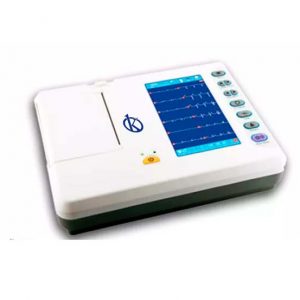
Cardiac arrhythmia is an irregular heartbeat, the most common causes are cardiac disorders; in particular, coronary artery disease, valvular disorders, heart failure or genetic defects. These cause various symptoms such as chest pain, palpitations, light-headedness, syncope, or loss of consciousness. However, they may go unnoticed and become detectable when screening tests are done. Sometimes people may be aware of this abnormality, but sometimes only the consequences are felt.
Use of the Oxygen Meter in the Brewing Industry
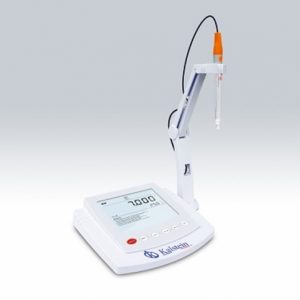
Currently, there are methods that ensure the total solution of the gases, optimizing the use of oxygen to eliminate the contents of excessive gases, and oxygen meters provide those solutions in breweries, where the average is usually ±0.5 ppm the appropriate amount. In order to guarantee the invariable fermentation and minimal damage of beer by excessive yeast production.
Use of the Oxygen Meter for a Dairy Company
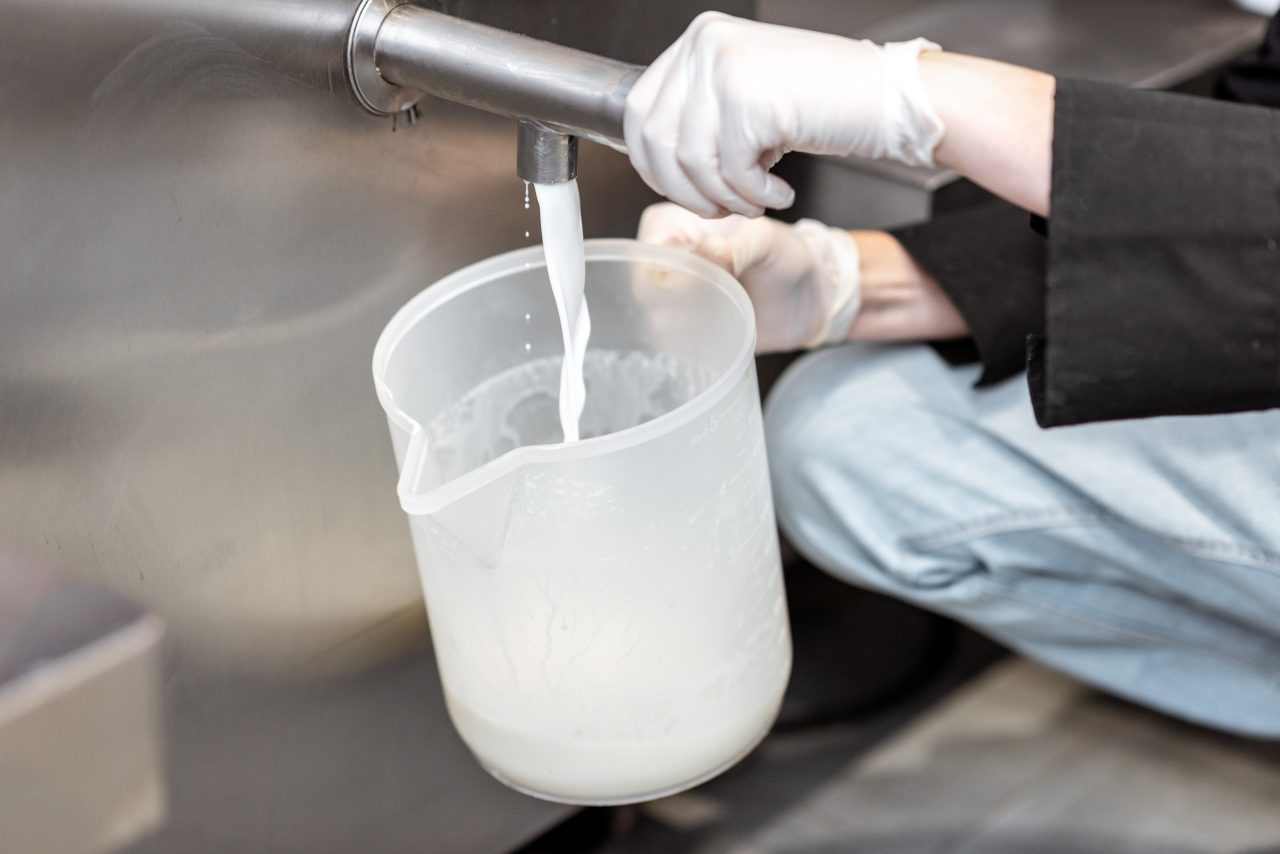
The use of oxygen meters is currently essential to speed up quality testing in the dairy sectors, as it makes it possible to monitor the means necessary to obtain fresh milk without contamination and therefore vigorous dairy products.
Dissolved oxygen: How to measure it accurately?
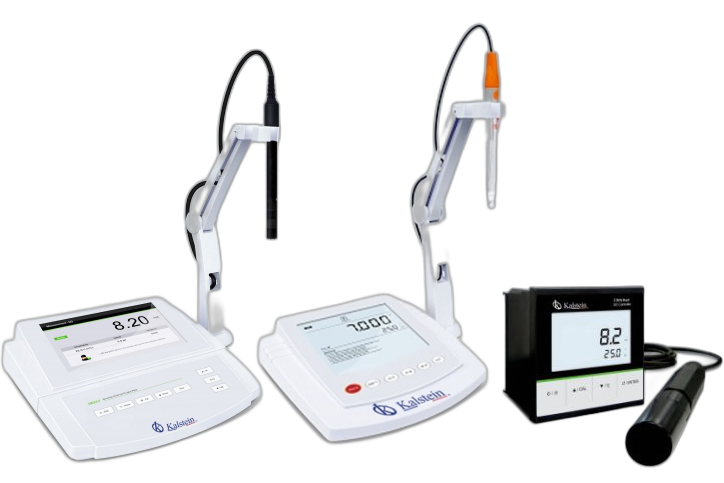
Dissolved oxygen (DO) is the gaseous oxygen that is dissolved in an aqueous solution, also defined as the measure of the amount of oxygen that is distributed in a system. Dissolved oxygen is related to water quality and can be measured accurately through an oxygen meter.
Dissolved Oxygen Meter: How It Works
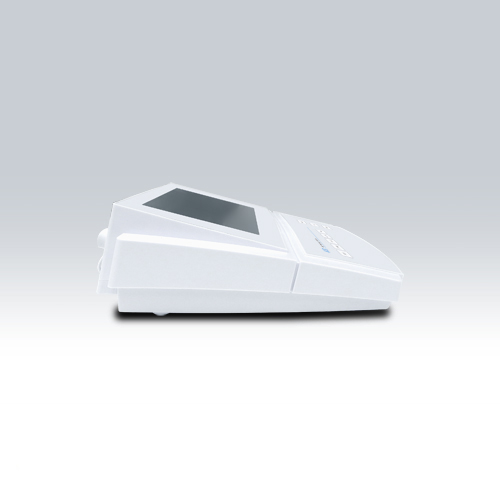
Let’s talk about dissolved oxygen (DO); it is the amount of gaseous oxygen that is dissolved in water, all aquatic life depends on the oxygen dissolved in water, the greatest amount of oxygen is obtained from the atmosphere, there are a variety of factors that influence the concentration of dissolved oxygen in water are: the atmospheric pressure, the content of salts in water and the temperature of the water.
Dissolved oxygen meter: How should it be used?

Oxygen meters are devices that use the amount of oxygen that is dissolved in or carried in a fluid, i.e. a multi-capacity instrument for water quality inspection. Typically, these devices use two measurement scales: parts per million (ppm) or saturation percentage (%). Dissolved oxygen meters are used in the field and in laboratories.
